#british military
Text





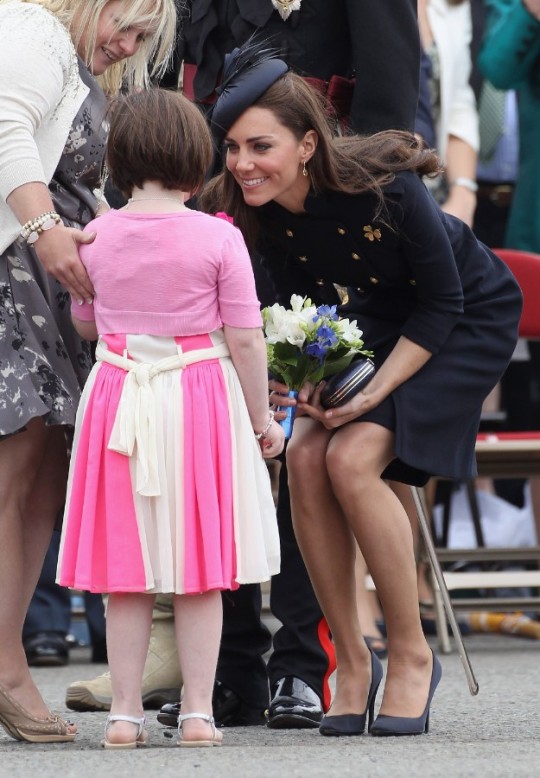


The Duke and Duchess of Cambridge present operational medals to the Irish Guards in Windsor at Victoria Barracks London, England - 25.06.11
#duke and duchess of cambridge#duke of cambridge#duchess of cambridge#prince william#kate middleton#william and catherine#will and kate#irish guards#medal ceremony#2011#british royal family#royal style#royal family#british royal fandom#british military#british royals
97 notes
·
View notes
Text

Some studies I did of the British at Monmouth this past June, featuring soldiers and musicians from the 22nd, 33rd, and 71st regiments of foot, inspired by William Barns Wollen’s 1911 sketchbook. Fantastic event and I can’t wait to do it again.
(Alternate, color-less version below cut)

#I never post my art mostly because I don’t have anything Postable but I liked this one#also the closest thing I’ve ever done to a self portrait lol#I had so much fun at this event this was the result of me not knowing what to do with myself afterward#my art#art#british military#amrev#revwar#reenactment#revolutionary war#american revolution#redcoats#god save the cheshire regiment#I am Scared to post this but whatever#historical art#history#monmouth#battle of monmouth#the captain draws#redcoatposting#awi
218 notes
·
View notes
Text
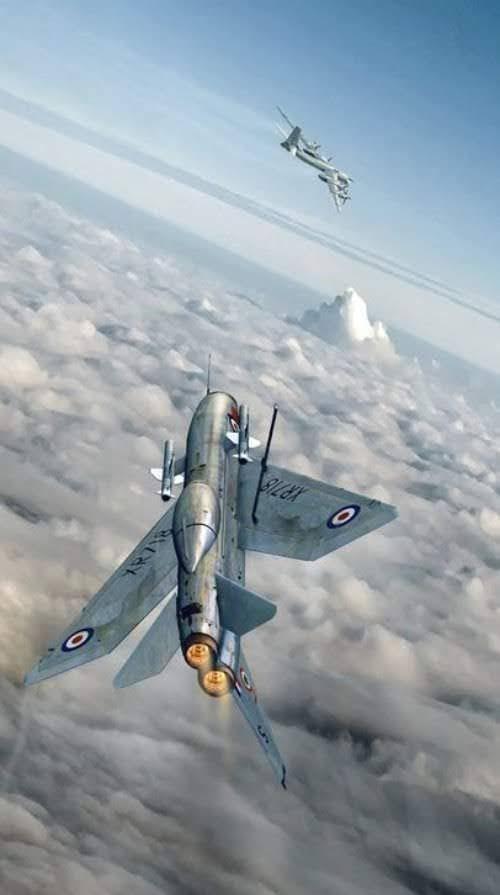
RAF Lightning of 5 Sqn on supersonic approach to intercept Soviet Tupolev bomber
55 notes
·
View notes
Text
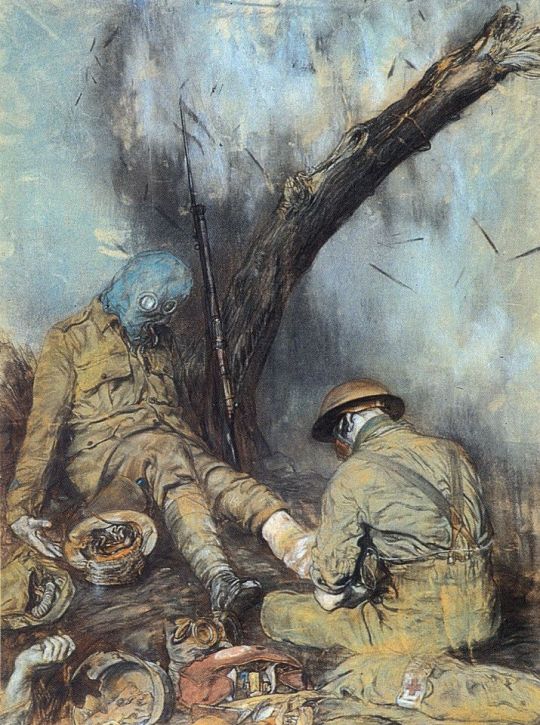
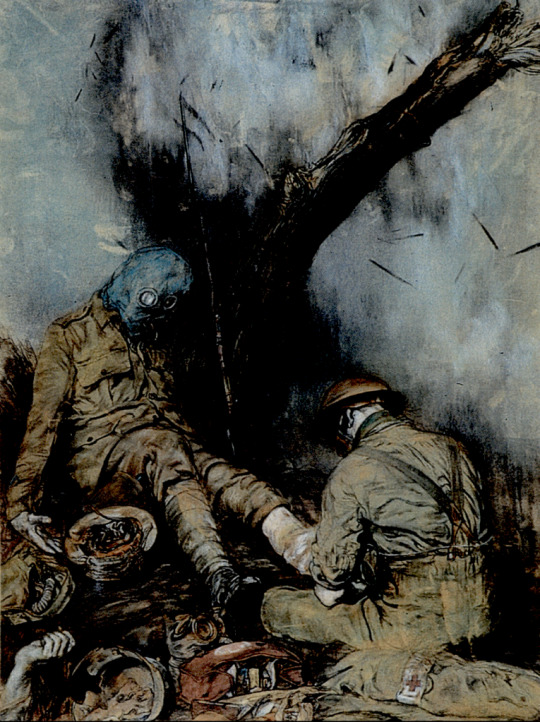
GRIM AFTERMATH OF A GAS ATTACK -- "WAR IS A BLACK HOLE TO AVOID."
PIC(S) INFO: Spotlight on a. WWI-themed art piece titled "Dressing the Wounded During a Gas Attack," pastels on paper/artwork by English artist & occultist, Austin Osman Spare, c. 1919.
Resolution at 765x1023 & 715x960.
IMAGE OVERVIEW: "A wounded British infantryman has his left leg dressed by a man of the Royal Army Medical Corps. Both men wear gas masks as a gas attack is in progress. The wounded man sits beside a bomb damaged tree stump, the RAMC man sitting at his feet with his back to the viewer. The foreground is littered with medical kit, debris and the hand of a dead soldier encroaches into the composition. A shell violently explodes in the background."
-- IMPERIAL WAR MUSEUM (IWM Art Collection)
Sources: www.iwm.org.uk/collections/item/object/25090 & Pinterest.
#Austin Osman Spare#World War I#WWI#Austin Osman Spare Art#World War 1#WW1#Pastels#Pastels Art#Gas Attack#Great War#The Great War#British Army#British Expeditionary Force#Dark Art#Chemical Warfare#British Military#Realities of War#Imperial War Museum#Royal Army Medical Corps#1910s#1919
31 notes
·
View notes
Text
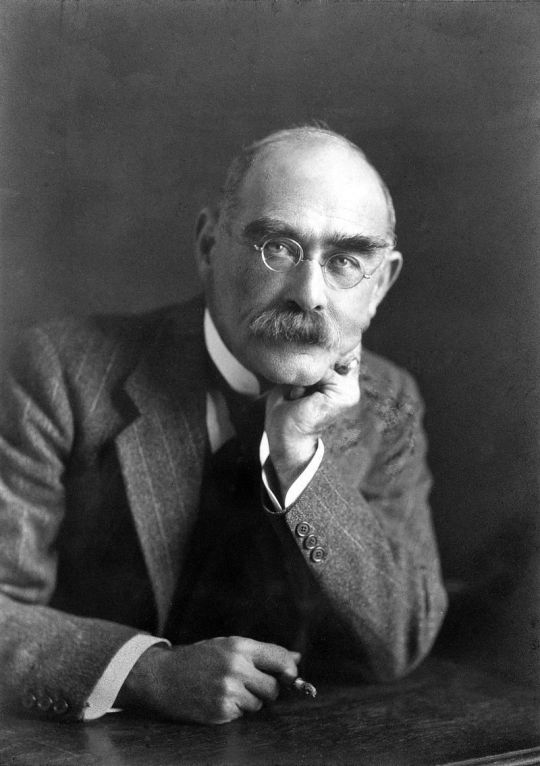
Arguably the single most influential figure in terms of how the fallen of the Great War were memorialised was Rudyard Kipling, whose own son, John, a second lieutenant in the Irish Guards, was reported (missing presumed) killed at Loos, aged 18. (His grave was not identified until 1992).
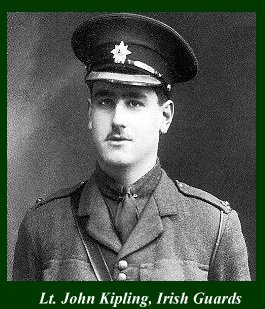
Rudyard Kipling, an internationally renowned novelist, poet, short story writer and journalist, was subsequently invited by the British government to help establish the Imperial War Graves Commission.
He applied the phrase ‘Known unto God’ for the graves in which the occupant was unidentified, and recommended that headstones be uniform and should have regimental identification wherever possible.
"...What knowledge I have of the feeling among officers and men, dead and alive, convinces me that their chief desire would be for distinctive regimental headstones which could be identified in every quarter of the world where a soldier of their regiment may be buried..."
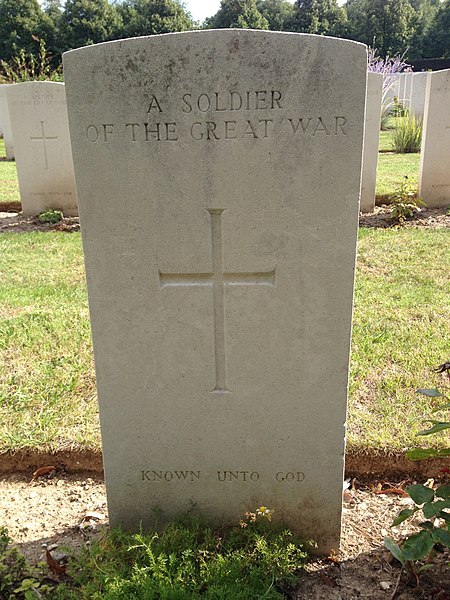
Perhaps his most significant contribution was establishing the policy that names on communal memorials be listed strictly in alphabetical order, regardless of rank, aristocratic background or class.
Upon his death in 1936, the War Graves Commission noted that Rudyard Kipling had either written, selected or approved every inscription on IWGC graves and memorials throughout the world, and had, on his own initiative, personally inspected memorial sites in Belgium, France, Egypt and Palestine.
Background from Melvyn Bragg's In Our Time (BBC Radio 4), the website of the Kipling Society, and BBC News (2016): Solving the Mystery of Rudyard Kipling's Son
#social history#working class history#rudyard kipling#the great war#world war one#first world war#british military#war memorial#military history#society#armistice day#remembrance day#lest we forget#history
46 notes
·
View notes
Text

HM King George V comforts a woman while visiting graves of fallen British soldiers in Italy, 15 May 1923.
#king george vi#George v#brf#queen mary#mary of teck#queen mary of teck#wwi#British military#military history#1923
93 notes
·
View notes
Text
where is the netflix documentary about the 25 people harry says he killed during his military service
#literally a war crime#WAR CRIMES#please#prince harry#har bear#not a countdown#not about tampon charlie#the royal family#netflix#harry and meghan#documentary#harry’s new book#just shitposting#not really shitposting#spare#tw mention of war#tw mention of murder#british military
94 notes
·
View notes
Text
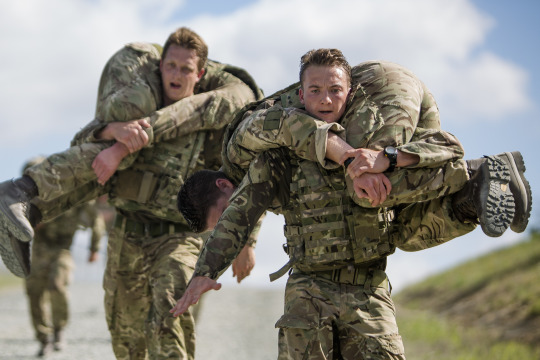
Camaraderie and resilience.
Royal Marine Commandos carry fellow team members for an endurance competition during Platinum Lion 16-4 multi-national exercise aboard Novo Selo Training Area, Bulgaria.
The U.S. Marine Corps photo by Cpl. Kelly L. Street, 2D MARDIV COMCAM (2016).
#british#british army#british military#british armed forces#royal marines#us army#us military#army#military#armed forces#soldier#soldiers#troops#operator#patriot#veteran#veterans#war#mtp#multicam#camouflage#military life#light dragoons#pew pew#gun#training#exercise#platinum lion#bulgaria#military 1st
13 notes
·
View notes
Text

#shirtless#muscle#jock#military jock#military#british military#tattoos#smirk#sweat#deployed#deployed life#outdoors#enlarged 4x#photo enlargement#photo enhancement
238 notes
·
View notes
Photo

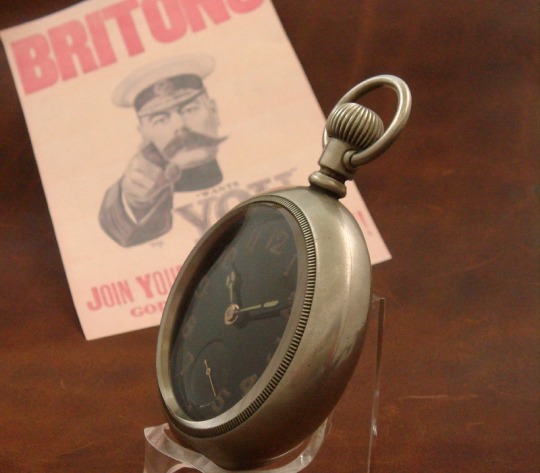


SVW is delighted to offer this stunning WWI British military pocket watch manufactured for the war effort by Elgin Watch Company. Features correct "Broad Arrow" military markings on a completely original case. Circa 1918.
#broad arrow#british military#british military watches#military pocket watch#pocket watch#pocketwatches#military watches#wwi watches#horology#horological machines#mens military pieces#men's military watches#classic watches#Strickland Vintage Watches#men's style#men's fashion#wwi military watches#pocketwatch#pocket watches#antique watches#wwi fashion#men's wwi fashion
52 notes
·
View notes
Text
doodled another fifer on my readings today because I’m getting excited for my next event :)
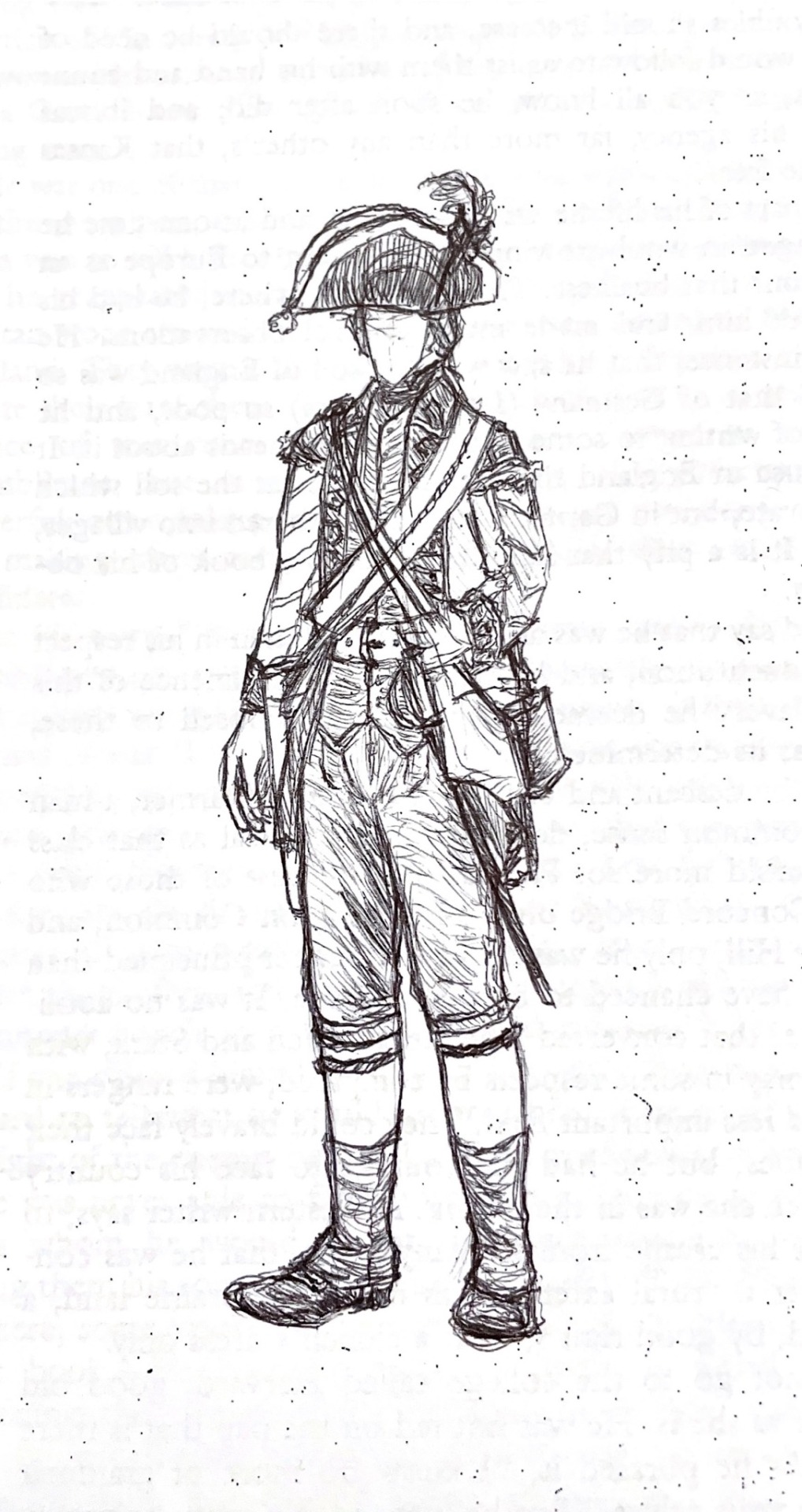
#I’m getting good at this thing where I straight up don’t sketch any kind of basic shapes or anything underneath#and just dive headfirst into it#like draw from the top down#but I think it only works when I draw soldiers. nothing else#anyway :)) me in a few weeks :))#awi#amrev#uniforms#british military#redcoatposting#field music#the captain draws
59 notes
·
View notes
Text

Awesome...Vulcan Bomber and The old English Electric Lightnings - wow...
#british military#raf#royal air force#military aviation#military aircraft#english electric lightning
21 notes
·
View notes
Text
Brandon, bless his heart, should really be doing a little more spamming about his Native Oak Symposium but since he's still recovering from the weekend I guess I'm doing it in his stead.
I know some of y'all motherfuckers wanna learn more about early 19th century British colonial wars! Come sit your ass down with the rest of us at the inaugural virtual lecture of the Native Oak Symposium, featuring Joshua Provan of Adventures in Historyland this Saturday at 3PM EST! Follow the link to register (it's pay-what-you-can and you can put in $0 or $1 if you're broke):
#British military#19th century military#Adventures in Historyland#British Empire#British colonialism#Brandon F#Joshua Provan
3 notes
·
View notes
Text

A cardigan sweater is perfect for those times when you want to show your superiority over sheep and their inferior cotton wear!🧶
🐑🇬🇧🐑
#history#cardigan#clothing#fashion#fishermen#crimean war#james brudenell#british history#athletic wear#world war 1#war propaganda#sweater vests#knitting#fashion history#cardigan sweater#british military#battle of balaclava#ww1#womens sports#military wear#womens history#hand knitted#the great war#military history#war effort#clothing history#nickys facts
12 notes
·
View notes
Text




#usmc#marines#military#british military#militär#militaire#big guns#high fade haircut#military boots#military muscle#military jock#us military#us marine corps#us marines#american military#u.s. military#militarymencollection
24 notes
·
View notes
Text
History Shorts #17

WW1 shook the world, consuming millions of human enlistees and victims from all over. The brutal war became known for its diversity in warfare. From the aftermath of new world combat to fronts that engrossed the entire edge of nations. One unit that proves this is the thousands of dogs that served on multiple sides in the war.
Dogs served many different roles in WW1, their most infamous being the Mercy Dog. Mercy Dogs are messengers, paramedical delivery, and the search and rescue for wounded soldiers on the battlefield. Carrying a saddlebag with an assortment of items, they'd be sent out to locate to the injured.
Mercy Dogs were big in France, Germany, Italy, Austria, and the UK. Dogs alone where found serving in about all sides that participated in the war.
Many praised the Mercy Dogs for their unique ability to tell whether or not a wounded soldier is a dead man. The dogs were sighted being able to tell when individuals that even medics wrote off as dead were still kicking. They'd also provide comfort to dying soldiers, staying by their sides. Some Mercy Dogs were trained to protect the wounded from the enemy.
Although the exact number is unknown, dogs in general died in the thousands during the war, just like their human counterparts.
Sgt. Stubby, a famous American dog from the war has his own monument in Middletown, Connecticut. The National WW1 Museum also has a dedicated section to the dogs of WW1. France and Germany hold several memorials in the name of the dogs, as well as other war animals.
Dogs today still serve in warfare all over the world. Being man's best friend, always by our side, it is likely it won't change until war itself stops.
#ww1#wwi#great war#french military#mercy dogs#history#history shorts#dogs#german military#british military#military history#us history
2 notes
·
View notes